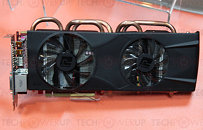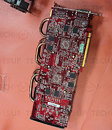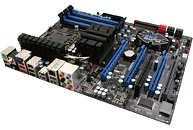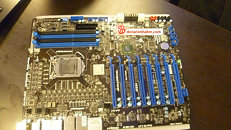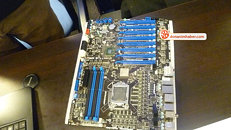
LucidLogix Laying Hydra To Rest?
When it first made news, it drew some shock and awe reactions from the community. LucidLogix' Hydra Engine promised enthusiasts the ability to mix and match multiple GPUs of any make, model, and generation, a model that threatened to shatter AMD CrossFire and NVIDIA SLI. When it was finally introduced it worked, the performance scaling between identical GPUs wasn't spectacular compared to native technologies (SLI/CrossFire), but it worked as advertised.
A report by Overclockers Ukraine suggests that Lucid is finding hardware-based Hydra Engine technologies obsolete since there's close to zero patronage, and that both Intel and AMD chipsets are supporting both SLI and CrossFire (with some riders). Hydra as a concept, itself evolved to Lucid Virtu and XLR8. An MSI representative told OCUA that the company doesn't have any products in the pipeline that uses Hydra. MSI designed a few motherboards in the past, based on Lucid Hydra.
A report by Overclockers Ukraine suggests that Lucid is finding hardware-based Hydra Engine technologies obsolete since there's close to zero patronage, and that both Intel and AMD chipsets are supporting both SLI and CrossFire (with some riders). Hydra as a concept, itself evolved to Lucid Virtu and XLR8. An MSI representative told OCUA that the company doesn't have any products in the pipeline that uses Hydra. MSI designed a few motherboards in the past, based on Lucid Hydra.

